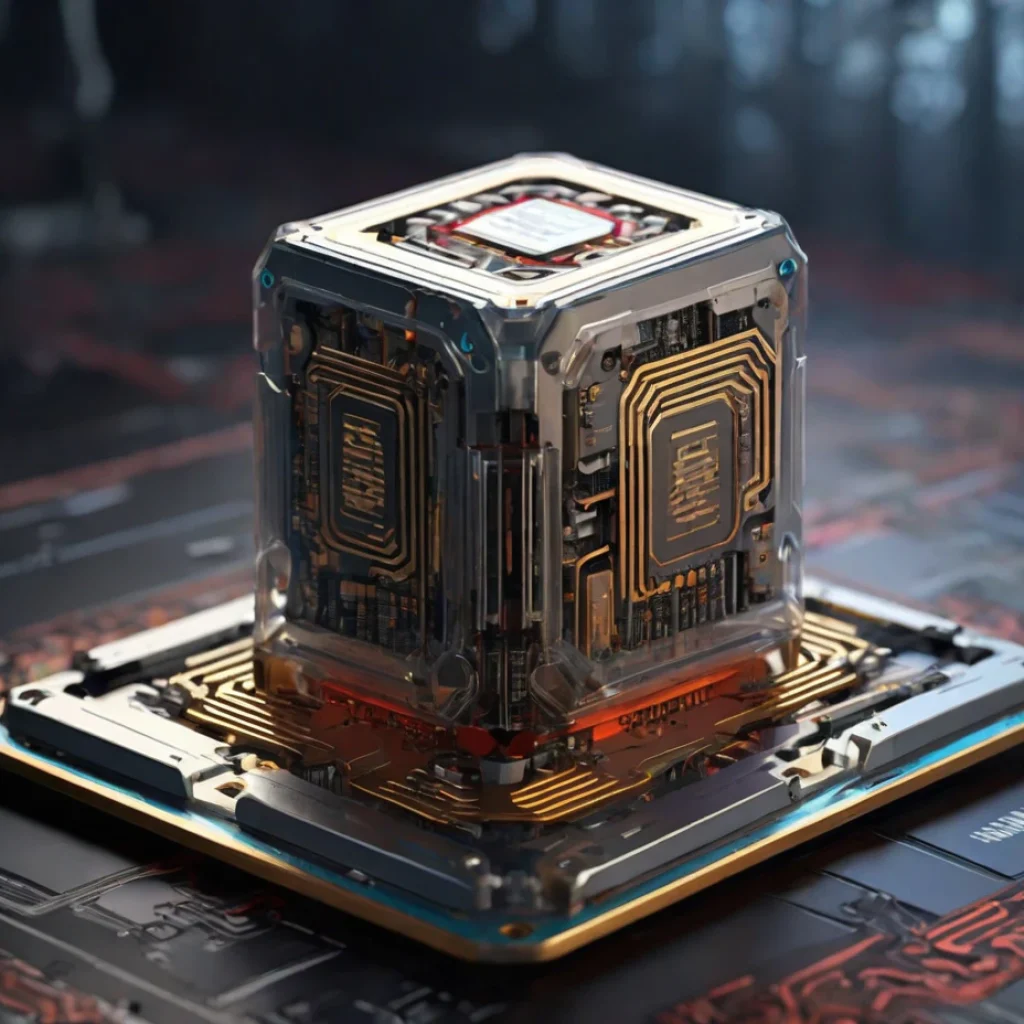In a remarkable breakthrough, researchers from the Korea Advanced Institute of Science and Technology (KAIST) and the Intelligent Robotics Research Center at KIST have unveiled a groundbreaking soft robot gripper capable of lifting objects weighing over 100 kilograms while weighing a mere 130 grams. This revolutionary advancement in soft robotics has the potential to transform industries, from logistics and manufacturing to household chores.
The limitations of conventional soft grippers
Soft robotic grippers have gained attention for their safety and flexibility, making them suitable for tasks that involve handling delicate or irregularly shaped objects. However, their primary drawback has been their limited load capacity, typically incapable of handling heavy items, and their susceptibility to losing their grip even under mild external forces.
A textile-inspired breakthrough
To address these limitations, Dr. Song Kahye and Professor Lee Dae-Young turned to a surprising source of inspiration: textiles. Instead of pursuing the conventional path of developing new materials or reinforcing structures, the research team leveraged the centuries-old weaving technique used in clothing, bags, and industrial textiles.
This innovative approach involved tightly intertwining individual threads, creating a robust fabric that can reliably support substantial weights. The team utilized thin PET plastic for their grippers, allowing the strips to weave together and form a sturdy structure.
Unleashing superhuman strength
The resulting woven soft robot gripper, weighing only 130 grams, is a true powerhouse. It can securely grasp objects weighing an astonishing 100 kilograms. In stark contrast, conventional grippers of similar weight can manage no more than 20 kilograms. This remarkable achievement marks a significant leap in load capacity relative to its own weight.
Affordable and efficient
The soft robot gripper developed by the research team has a competitive edge not only in its load-bearing capabilities but also in terms of affordability. Using low-cost PET plastic, it costs only a few thousand won (approximately $2) per unit of material. This affordability positions it as a universal gripper capable of handling objects of various shapes and weights, making it highly cost-effective for industries.
Moreover, the manufacturing process is incredibly efficient, taking less than 10 minutes to complete. The gripper is easy to replace and maintain, ensuring exceptional process efficiency.
Customization for versatility
In addition to PET plastic, the gripper can be crafted from various materials, such as rubber and elastic compounds, offering customization options to suit the demands of industrial and logistics environments. This adaptability allows for the creation of grippers tailored for specific applications, whether it be robust gripping performance or resilience in extreme conditions.
The woven structure soft robot gripper developed by KIST and KAIST combines the best of both worlds – the flexibility of a soft robot and the strength of a rigid gripper. Its ability to lift heavy objects, ranging from coins to cars, while maintaining a delicate touch for fragile items like flowers, opens up a world of possibilities for industries, logistics, and everyday household tasks. This breakthrough promises to reshape the landscape of robotics and automation, making it safer, more efficient, and more accessible than ever before.





